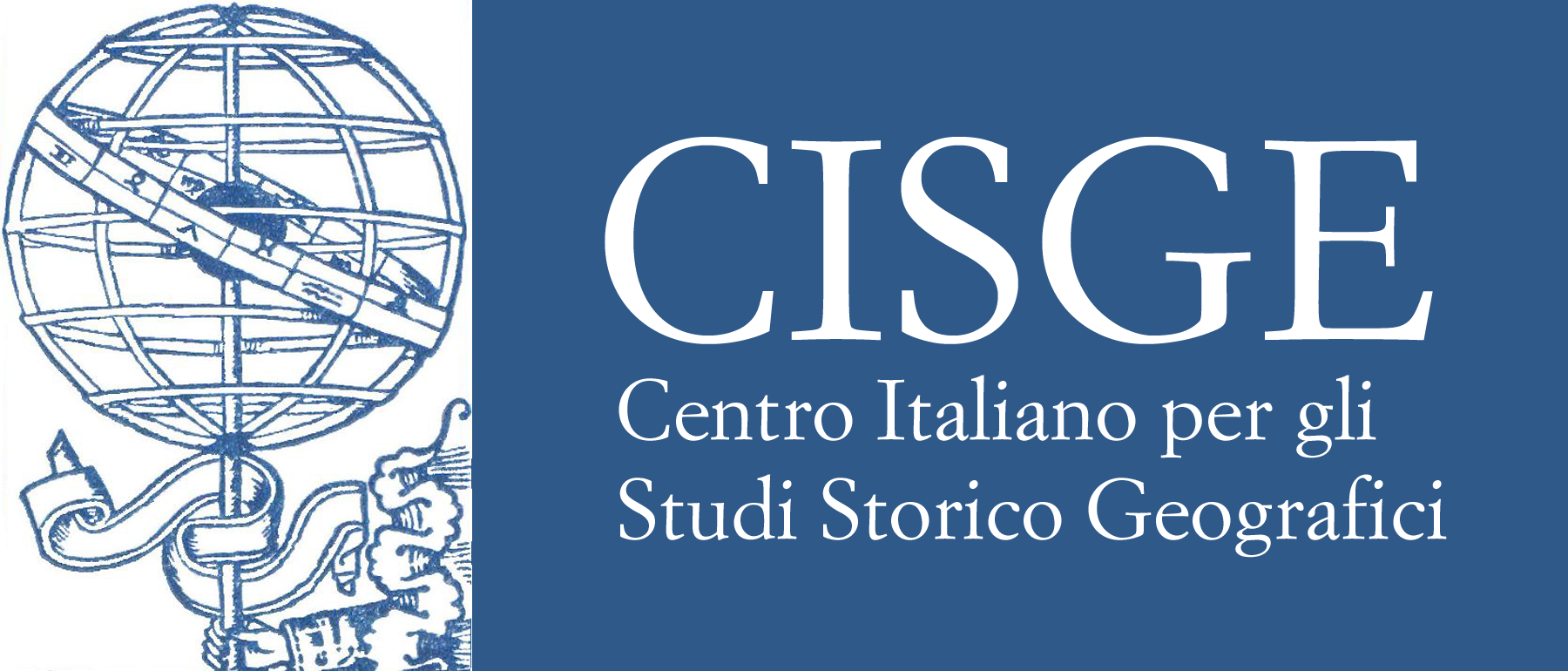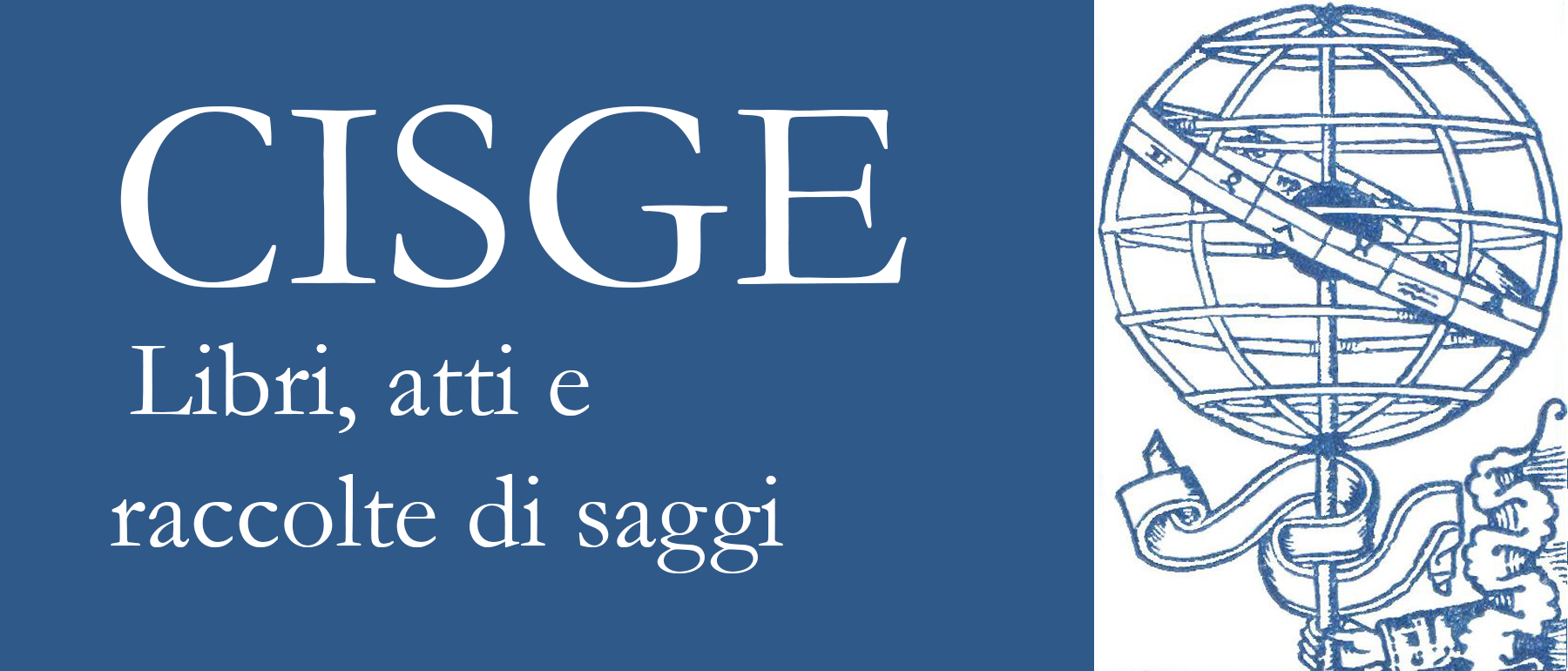Le numerose sinagoghe romane: dove quando come
Abstract
Le dimanche 17 janvier 2010, le Pape Benoît XVI se rendit dans la Grande Synagogue de Rome, afin derenouveler la rencontre historique de Jean Paul II du 13 avril 1986. L’événement fut transmis directement par la RAI. Dans le message d’accueil le grand rabbin rav Riccardo Di Segni rappella qu’en ces jours-là il avait inauguré une nouvelle synagogue: la seizième, à Ostia. Ce signe inimaginable a provoqué la recherche actuelle qui s’est développée dans les plis du tissu urbain. La communauté hebraïque romaine compte plus de 2000 ans d’histoire (et de géographie); la plus ancienne synagogue, dont nous avonsdes traces, est celle d’Ostia Antica, qui remonte au I siècle après J.C.; nous n’avons pas de traces des autres, contrairement aux catacombes hébraïques au nombre de six. Sur les 30.000 Juifs qui vivent en Italie, près de 15.000 sont à Rome, partagés entre les quartiers au centre de la Capitale, le quartier “Italia”né entre la première e la deuxième guerre mondiale, et dans le passé le plus recent la zone Marconi-Portuense. On doit se rappeler qu’en plus des 3.000 Juifs arrivés fugitifs à Rome venant de la Libie en 1967, après les pogrom qui ont suivi la Guerre de Six Jours, se sont établis -ce n’est pas par hazard –antour de Piazza Bologna et à Marconi-Portuense. Dans le centre de Rome, six sont des lieux de culte hébraïque; trois dans le “polo”de la Piazza Bologna; six dans le “polo”Marconi-Portuense; le seizième e le dernier par ordre chronologique à Ostia. Pour compléter le tableau ou mieux le plan, il faut aussi tenir compte des synagogues saisonniées pour l’été à Anzio, Fregene,Santa Marinella.
The trigger that started off this research was the visit by Pope Benedict XVI to the Tempio Maggiore in Rome on 17th January 2010, renewing the historical visit by Pope John Paul II in 1986. Rome’s Chief Rabbi, rav Riccardo Di Segni, in his welcome speech, among other things, mentioned that a few days before he inaugurated a new synagogue in Ostia, the 16th in the area of Rome. This piece of news was so surprising that my interest was immediately caught, asa consequence, I suddenly began a research, conducted through the meanders of the urban web, to identify and locate all these synagogues in Rome. The Jewish community in Rome has more than 2000 years of history (and geography). The most ancient symagogue,whose ruins are still existing, is located in Ostia Antica and dates back to the 1st century of the Christian Era. It is noticeable that, unlike the existence of at least six recognized Jewish cataconbs, there is no evidence of other synagogues in the roman age. Nowdays, out of the 30,000 Jews living in Italy, about 15,000 are resident in Rome. They are mainly concentrated in two areas: the “Quartiere Italia”, established between World War I and II, and the more recent area “Marconi-Portuense”. It is also worth notingthat, as a result of the “Pogroms”that happened after the “Six Days War”in 1967, over 3000 Jews arrived in Rome from Libya and, not by chance, established their residence around “Piazza Bologna”, that is the square located at the center of the “Quartiere Italia”. There are six Jewish religious places in downtown Rome, three more are located in the area surrounding Piazza Bologna and six in the “Marconi-Portuense”area. The most recent one was opened in Ostia. To complete the overall picture (or somewhat the map), we should also consider the seasonel summer synagogues in Anzio, Fregene and Santa Marinella.



